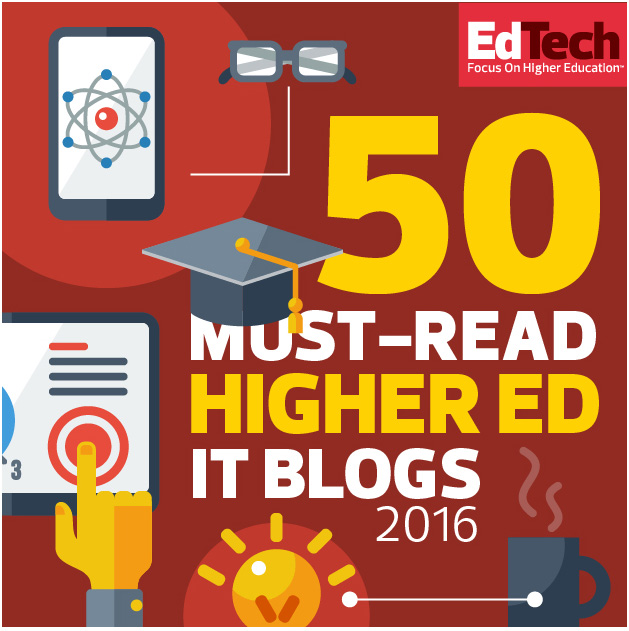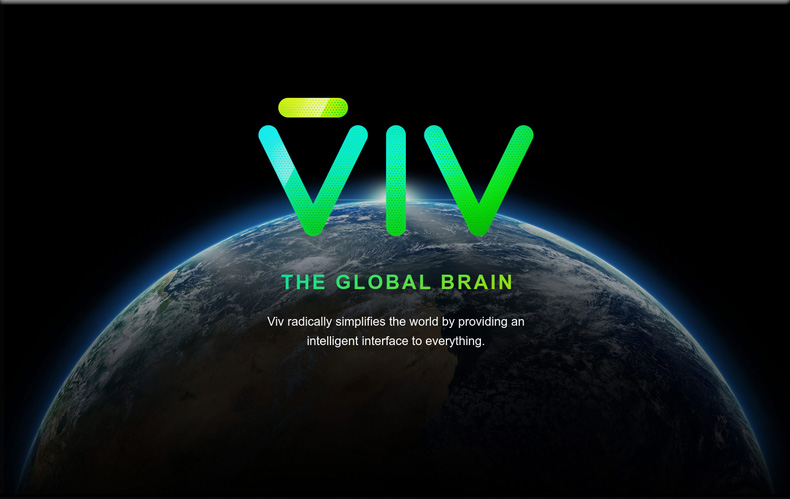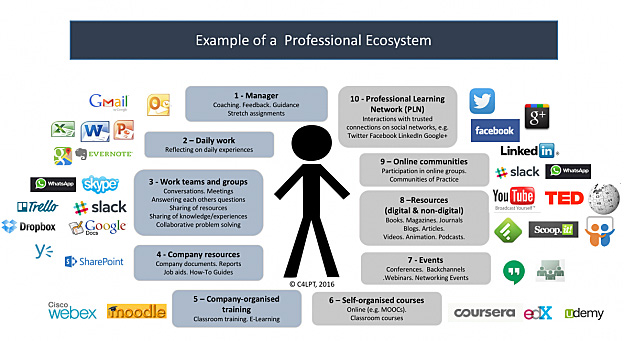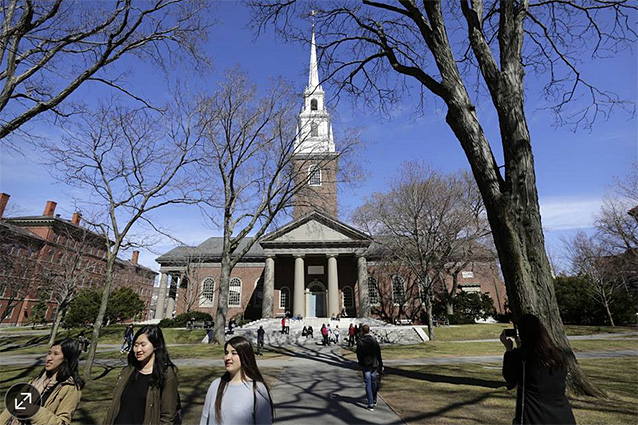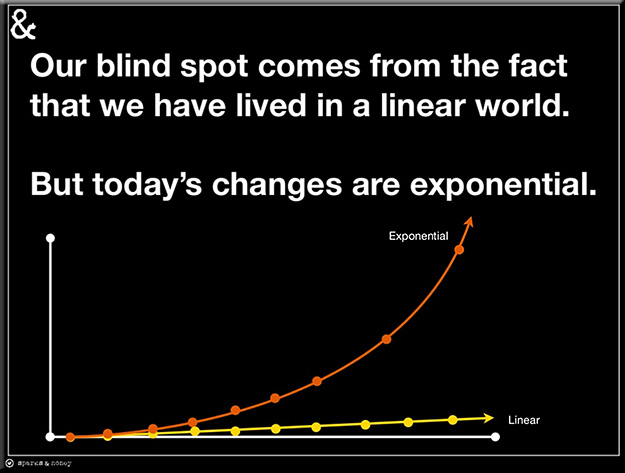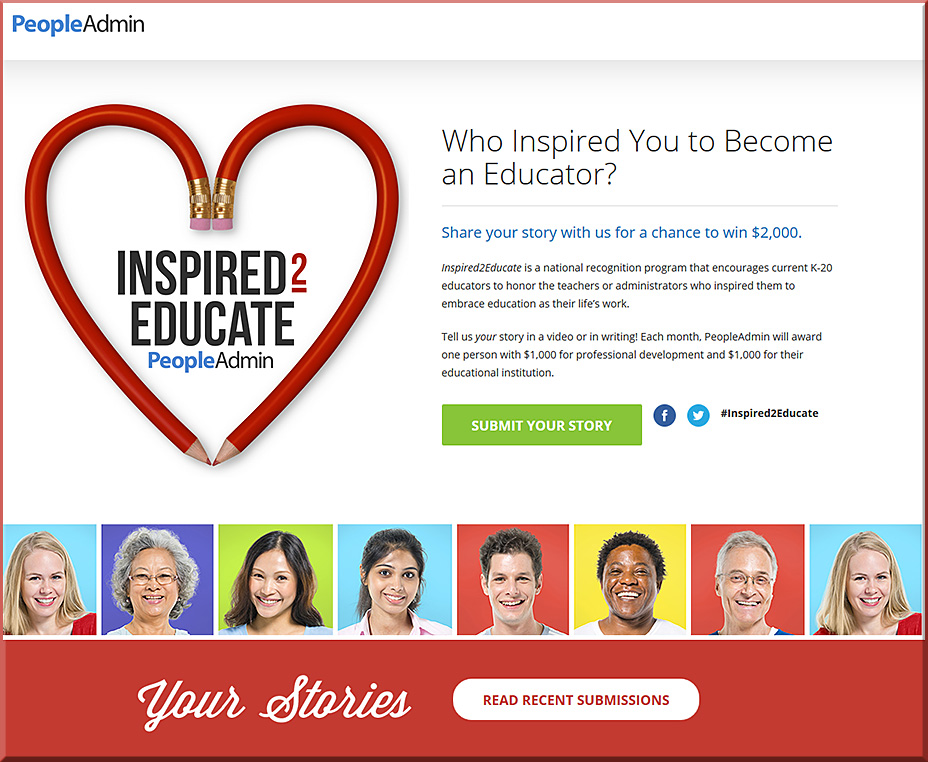From DSC:
It wasn’t too long ago that the price of gasoline in our area was hovering around $4.00 per gallon. As gas prices kept increasing through the years, people began to cut back on the amount that they traveled — this included our own family as well, as we started seriously questioning whether we needed to make trip A, B, or C.
I remember questioning why the prices kept going up. I began to be suspicious of the large, international oil and gas companies — sensing some opportunistic greed originating from them…and wondering if this greed wasn’t being shared by many firms/traders on Wall Street. I remember thinking to myself, “Enjoy the profits now folks…because you are likely shooting yourselves in the foot.”
Now, fast forward a bit and I began to see more hybrid cars — cars that “have a traditional internal-combustion engine and a fuel tank, as well as one or more electric motors and a battery pack.” *
This observation seems to be backed up by data:

Then I saw more purely electric cars. Again, this seems to be backed up by data:
 Demand for their products decreased. This was likely due to their high prices and due to people seeking other alternatives (perhaps there were other reasons as well). The revenues and profits did go down for some of the large, international oil and gas companies, such as ExxonMobil. The graphic below illustrates a major drop in both revenues and in net profits for ExxonMobil (i.e., showing an amount of net profit in 2015 that was less than 1/2 the net profit back in 2011):
Demand for their products decreased. This was likely due to their high prices and due to people seeking other alternatives (perhaps there were other reasons as well). The revenues and profits did go down for some of the large, international oil and gas companies, such as ExxonMobil. The graphic below illustrates a major drop in both revenues and in net profits for ExxonMobil (i.e., showing an amount of net profit in 2015 that was less than 1/2 the net profit back in 2011):

So, as I work within the higher education industry, I can’t help but ask:
Are we within the higher education industry making the same mistake? Are we not fighting hard enough to bring the prices down? Are we still ok with yearly tuition increases?
When the cost per credit hour continually goes up — like the price of a gallon of gasoline did there for a while — aren’t there going to be ramifications to that trend as well? Put another way, do we really think prices can increase indefinitely without serious ramifications?
I realize that most institutions of traditional higher education are different from large, international corporations — having different stakeholders, sources of funding, and dynamics/forces impacting us. I realize that most people within higher education are here to help students, and likely the word greed is too strong of a word for many working within higher education.
But the question won’t leave my mind…
Are institutions of higher education shooting ourselves in the foot — just like the oil and gas companies did?
In terms of obtaining credentials and applicable knowledge…people will find the equivalents of electric cars and hybrid cars — in fact, we’re seeing such alternatives crop up all the time these days. People holding the steering wheels within higher education better start taking this much more seriously and had better start making some serious adjustments to the routes being taken — the current trajectory doesn’t look promising.
No more can there be increases in tuition. Prices had better start coming down, or we truly will be shooting ourselves in the foot. Institutions of higher education likely won’t be able to escape the laws of supply and demand — at some point, when prices have increased too much, demand will decrease.
People will find a way.










